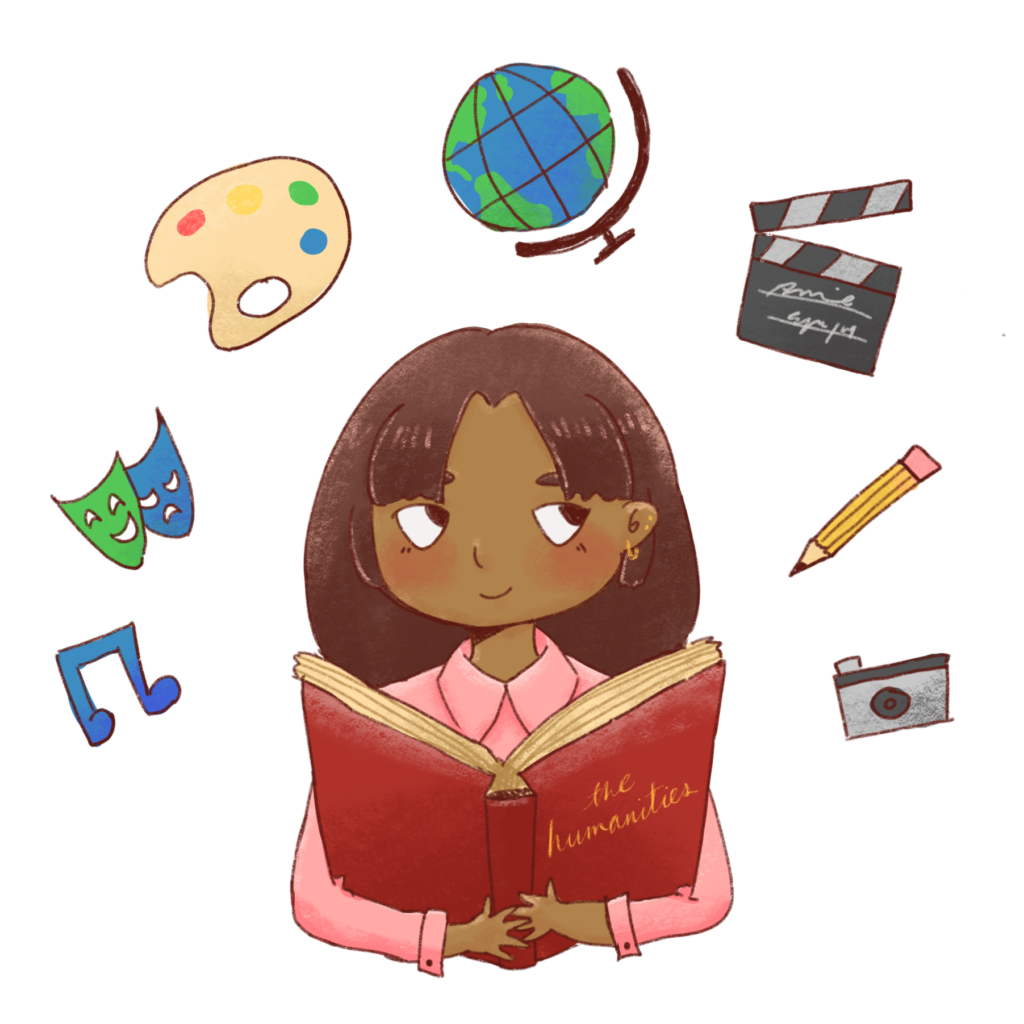Katie Kitamura, an acclaimed author and Guggenheim Fellow, recently published her fifth novel, “Audition,” which explores unsettling themes of horror and identity.Set against the backdrop of a New York City apartment, the novel delves into the complexities of middle-aged life, capturing moments where reality blurs into the uncanny.
The dog-human bond is not just a delightful companionship; it signifies a profound connection steeped in shared emotions and mutual understanding.Studies, including pioneering research at Harvard, reveal that this bond is enriched by canine empathy, showcasing dogs’ remarkable ability to sense our feelings.
Engaging First-Year Students in Humanities is a crucial initiative aimed at rekindling interest in the liberal arts, especially during a time of significant Humanities enrollment decline.As students transition into college life, the challenge lies in capturing their attention and demonstrating the transformative power inherent in disciplines such as literature, philosophy, and history.
The human-canine bond is one of the most profound relationships in our lives, marked by mutual empathy and understanding.Recent canine behavior research, such as the findings from Harvard dog research, highlights the emotional connections dogs forge with humans, revealing their uncanny ability to respond to human emotions.
Introductory humanities courses play a vital role in shaping students’ understanding of the arts and humanities, inspiring first-year students to engage deeply with cultural and philosophical concepts.As enrollment in these fields declines, innovative strategies are being implemented to rekindle interest in humanities education.
Dance like someone is watching is not just an expression; it’s a powerful mantra that urges us to embrace our vivid self-expression and creativity.When we allow ourselves to dance with abandon, we tap into a spirituality that encourages personal release and liberation.
AI in photojournalism is transforming the landscape of visual storytelling at a critical juncture where technology and ethics collide.As artificial intelligence photography techniques evolve, they pose both a challenge and an opportunity for photojournalists striving to preserve their work.
Asian American women’s history reveals a tapestry of resilience and creativity that has long been shadowed by neglect.Spanning over 150 years, this vital narrative is captured in the stunning exhibition “Illuminate: Contextualizing Asian American Women’s Stories Through the Archives” at the Schlesinger Library.
AI in photojournalism is revolutionizing the way we capture and preserve the visual narratives of our time.As innovative technology evolves, it brings both challenges and unique opportunities for photographers and media outlets.
Asian American women’s history is a rich but often overlooked narrative that deserves recognition in the larger context of American history.The recent Schlesinger Library exhibit, “Illuminate: Contextualizing Asian American Women’s Stories Through the Archives,” shines a light on this invisible history, presenting artifacts and stories that celebrate the contributions of Asian American women over the past 150 years.









